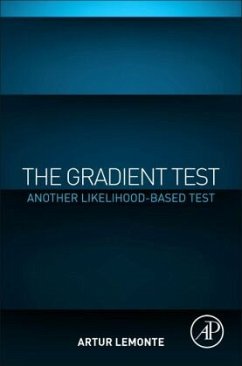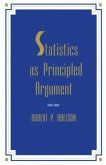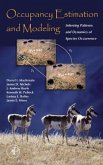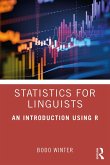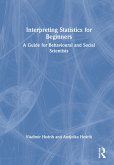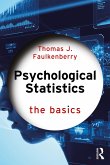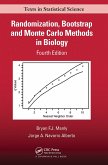The Gradient Test: Another Likelihood-Based Test presents the latest on the gradient test, a large-sample test that was introduced in statistics literature by George R. Terrell in 2002. The test has been studied by several authors, is simply computed, and can be an interesting alternative to the classical large-sample tests, namely, the likelihood ratio (LR), Wald (W), and Rao score (S) tests.
Due to the large literature about the LR, W and S tests, the gradient test is not frequently used to test hypothesis. The book covers topics on the local power of the gradient test, the Bartlett-corrected gradient statistic, the gradient statistic under model misspecification, and the robust gradient-type bounded-influence test.
Due to the large literature about the LR, W and S tests, the gradient test is not frequently used to test hypothesis. The book covers topics on the local power of the gradient test, the Bartlett-corrected gradient statistic, the gradient statistic under model misspecification, and the robust gradient-type bounded-influence test.

